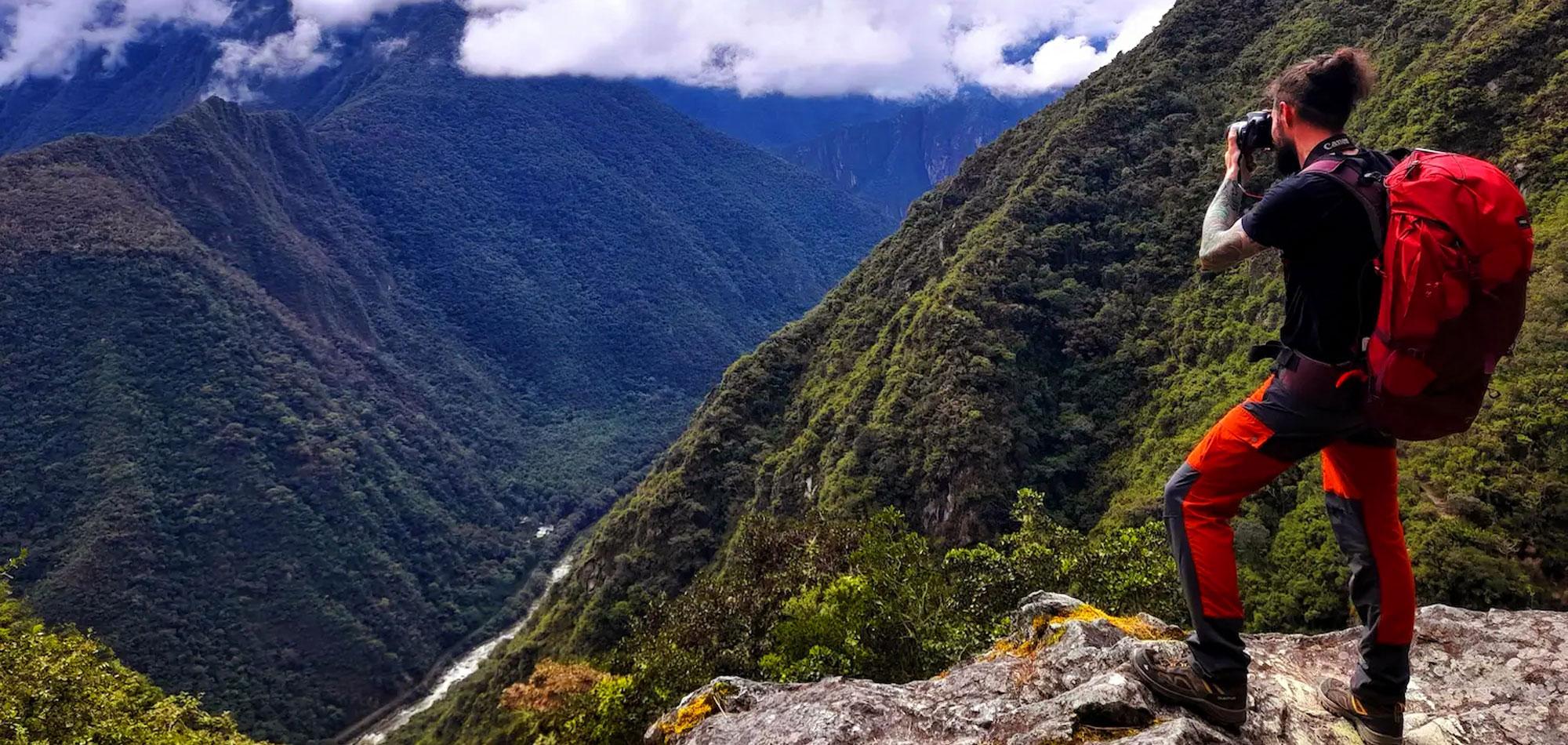The Inca Trail treks are a legendary route that winds through the Andean peaks and lush rainforest of Peru, leading adventurers to the archaeological jewel of Machu Picchu. This ancient trail, built by the Incas centuries ago, is a living testament to their engineering and construction skills.
Along this path, travelers are transported to the past, walking in the footsteps of the ancient inhabitants of this region. The breathtaking panoramic views of mist-covered mountains, deep valleys, and hidden Inca ruins in the jungle offer a truly unique and enriching experience.
Why is this destination the best?
The Inca Trail is one of the most iconic destinations, offering a unique blend of nature, history, and culture. Trekking this ancient path lets adventurers follow in the footsteps of the Incas, enjoying stunning views, mountain landscapes, and lush rainforests. Along the way, travelers pass through well-preserved ruins, experiencing both physical challenge and a journey through time. Every step immerses you in Peru’s rich history and Incan culture.
In addition to its historical richness, the Inca Trail is known for its accessibility and comprehensive experience. Unlike other crowded destinations, the number of visitors is limited daily, ensuring a more exclusive trek with fewer tourists. This allows trekkers to enjoy nature’s tranquility and breathtaking views without the crowds. Guided tours provide local experts who maximize safety while offering a deeper cultural context. These guides help trekkers with physical challenges and enrich the experience by sharing stories about the Incas, the ruins, and the surrounding biodiversity.
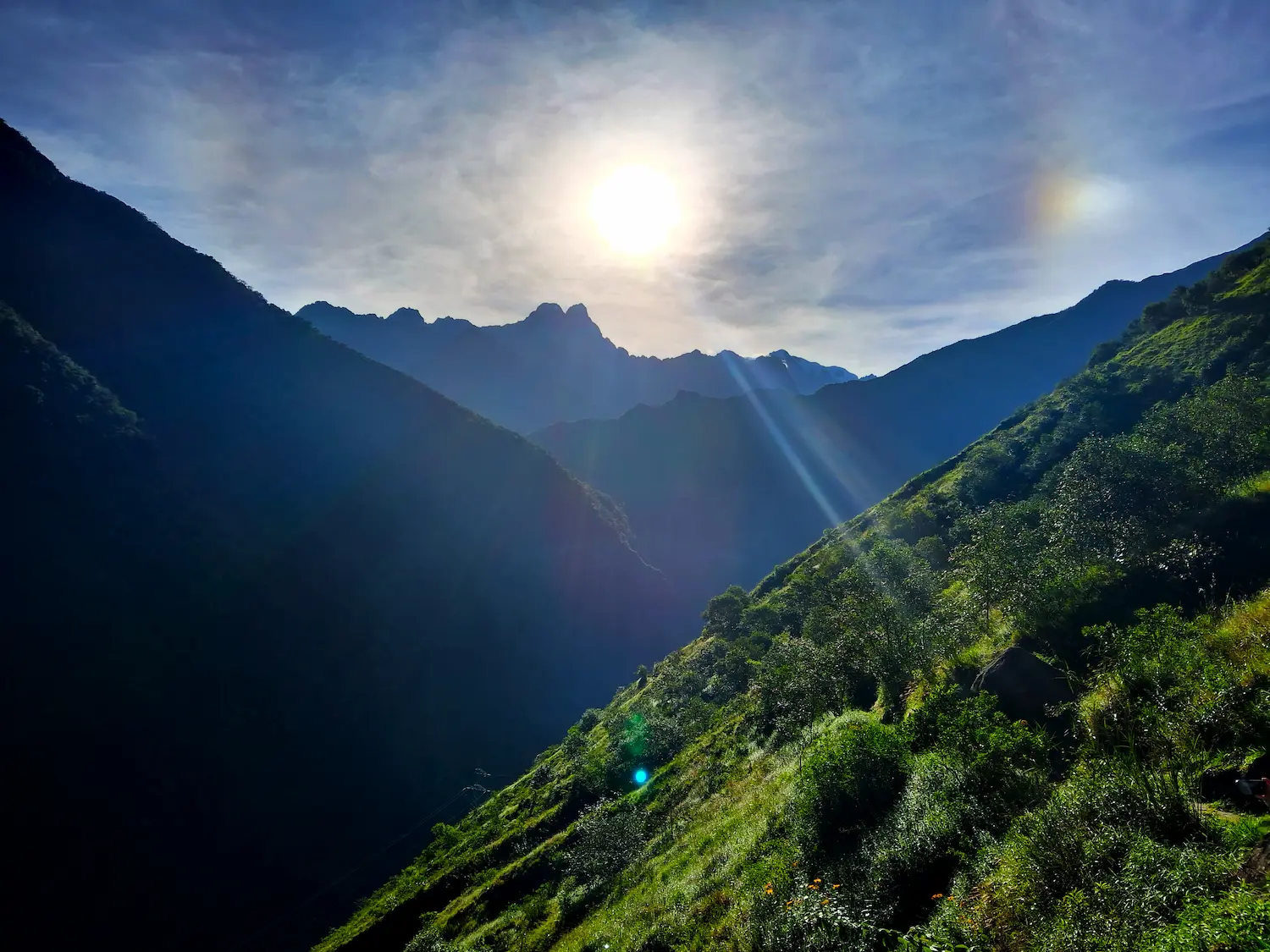
5 days Inca Trail to Machu Picchu
The Classic Inca Trail to Machu Picchu is famous for being one of the top ten treks. Follow in the footsteps of the Incas, while discovering amazing ecological diversity and a wealth of archeological treasures. The Historic Sanctuary of Machu Picchu, is home to a network of Inca trails,
From: 880USD per person
View Itinerary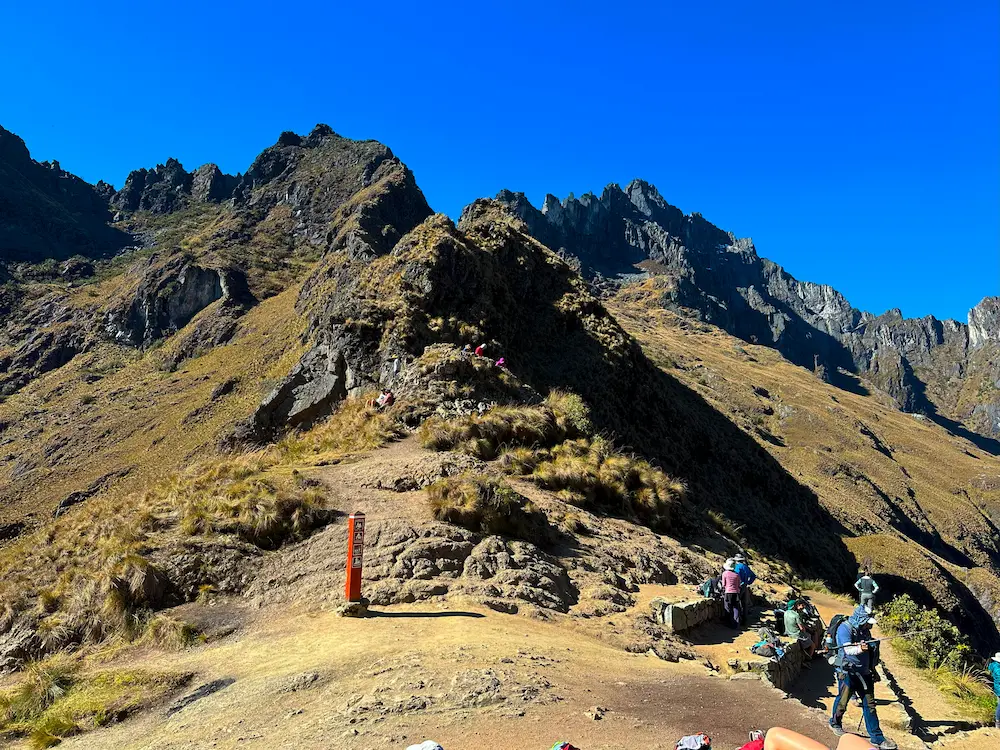
Short Inca Trail 2 days / 1 nigths
The 2 days Inca Trail is a good option for those people who do not have much experience in hiking and who do not have much time. It is one of the most famous hikes that allows you to travel the 2 days Inca trail, you will have the experience of knowing the lost City of the Incas.
From: 450USD per person
View Itinerary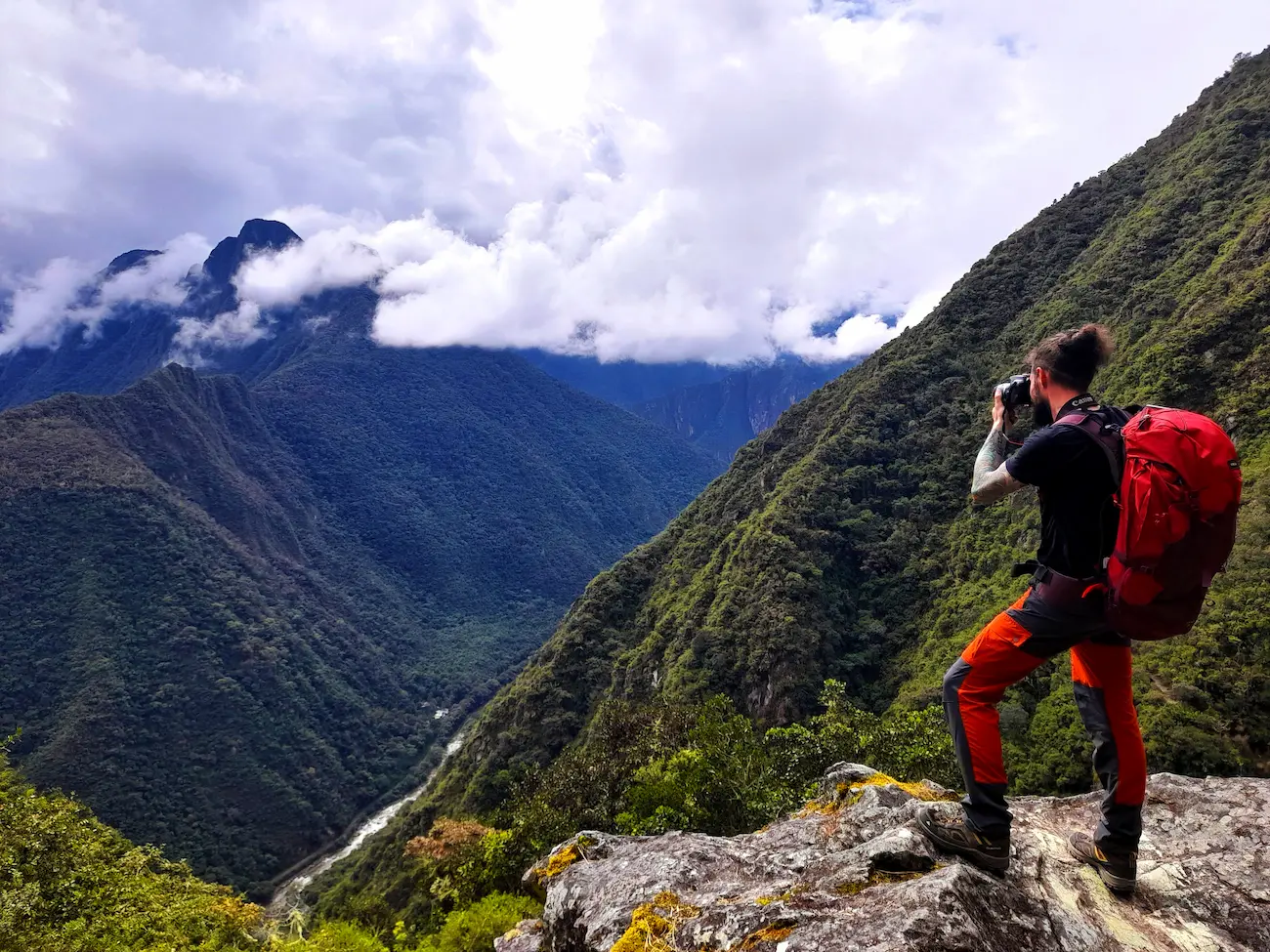
1 Day Inca Trail to Machupicchu | Full day Inca Trail
Are you short on time but eager to explore the breathtaking landscapes of Peru? The 1 day Inca Trail hike offers an accessible and memorable adventure for those looking to experience the renowned Inca Trail in just 1 day.
From: 370USD per person
View Itinerary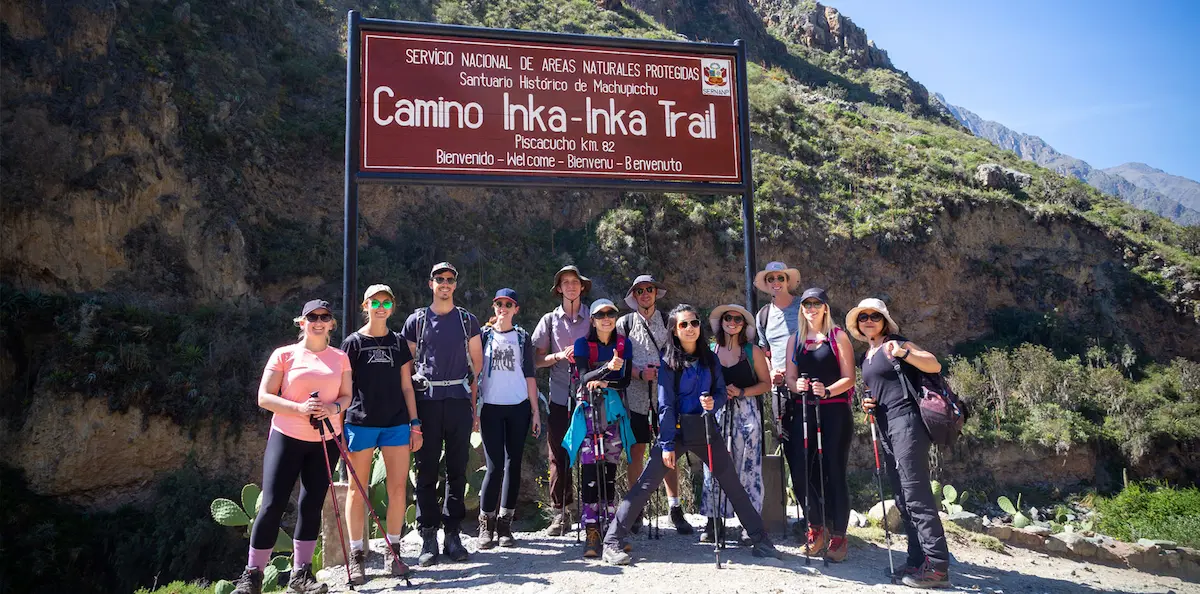
Classic Inca Trail To Machu Picchu 4 days / 3 nigths
Between 5:00 and 5:30 am . We will pick you up at your hotel in our own private bus. Then we go to Piskacuchu (2700 masl), a community located at kilometer 82 of the Cusco-Machu Picchu railway. Starting at this point, we cross the bridge and walk along the left bank of the Urubamba River as it flows
From: 700USD per person
View Itinerary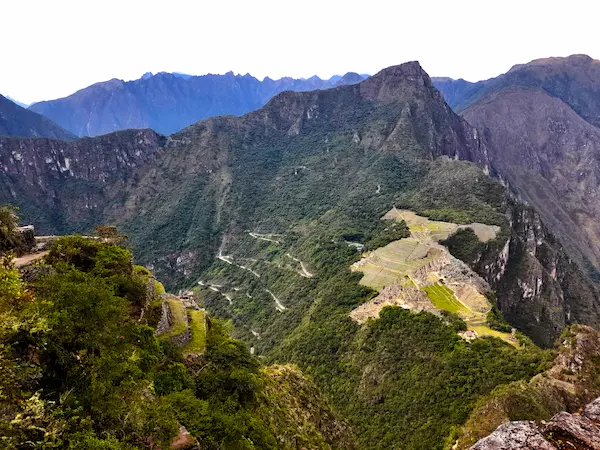
FAQS about the Inca trail treks
What is the Inca Trail treks?
The Inca Trail is an ancient route that crosses the Andean mountains of Peru. This trail, approximately 43 km (26 miles) long, was used by the Incas as a sacred pilgrimage route. Along the way, travelers can explore various ruins, temples, bridges, and architectural structures that showcase the advanced engineering skills of this civilization.
Is the Inca Trail treks difficult?
The Inca Trail is not considered an extremely difficult trek, but it is moderately challenging. The terrain varies, and some sections of the trail are steep, especially when crossing the Warmiwañusca Pass (Dead Woman’s Pass), which reaches an altitude of 4,200 meters (13,780 feet). However, the daily treks are not overly long (6-8 hours per day), and travelers can adjust their pace with the help of experienced guides.
What is the best time to do the Inca Trail treks?
The best time to hike the Inca Trail Treks is during the dry season, from April to October. During these months, the weather is more favorable for trekking, with less rain and cooler temperatures. From November to March, it is the rainy season, which can make the trail slippery and difficult to navigate due to potential landslides.
Do I need permits to do the Inca Trail?
Yes, the Inca Trail has a limit on the number of trekkers allowed per day, meaning access is restricted. To hike the trail, you need an official permit that must be obtained in advance through an authorized tour agency. Permits often sell out quickly, especially during peak season, so it’s recommended to book at least 6 months in advance.
Can I hike the Inca Trail on my own?
No, hiking the Inca Trail treks requires a licensed guide. This regulation is in place to preserve the trail and ensure the safety of travelers. Local guides not only ensure you stay on the correct path, but they also share their knowledge about the history, culture, and wildlife of the region.
What should I pack for Inca Trail Treks?
Packing the right gear is essential for a successful trek. Comfortable hiking boots with good ankle support are necessary, as the terrain is uneven and rocky. Lightweight, moisture-wicking clothing is important for daytime hikes, as weather can change. For colder nights at higher altitudes, bring warm layers like fleece or down jackets. Don’t forget a headlamp with extra batteries for early mornings or evenings when extra light is needed.
A small daypack is needed for essentials like snacks, water, camera, and personal items. The trek is physically demanding, so hydration and energy are important. Snacks like nuts, trail mix, or energy bars are recommended. Sunscreen and insect repellent are essential for sun and bug protection. Most operators provide porters for heavier gear, but you should carry your personal items.
How do I get to the start of Inca Trail Treks?
The start of the Inca Trail is located at km 82, near the town of Ollantaytambo. To get there, you’ll typically take a train from Cusco to Ollantaytambo and then begin the trek from the starting point. Other alternative routes, like the Salkantay Trek, have different starting points, and trekkers generally need to take a bus or other transportation from Cusco or the Sacred Valley to reach the trek’s starting location.
What happens if I can’t complete the trek?
If you’re unable to finish the trek for any reason, such as altitude sickness or injury, there are evacuation routes. Guides are trained to handle emergencies and will escort you to a lower elevation or arrange for transportation to a medical facility. In the case of severe health issues, trekkers are always prioritized for safety.
How high is the Inca Trail?
The trail reaches its highest point at Warmiwañusca Pass, at 4,200 meters (13,780 feet). Some alternative treks reach over 4,600 meters (15,000 feet). It’s crucial to acclimatize properly before starting any trek to prevent altitude sickness, especially if traveling from lower altitudes.
What should I do if I experience altitude sickness during the trek?
If you begin to experience symptoms of altitude sickness, such as dizziness, headaches, or nausea, the best course of action is to rest and drink plenty of water. Inform your guide immediately, as they are trained to assess your condition and make decisions regarding whether you need to descend to a lower altitude.
Why choose us as your Peru tour operator?
Unforgettable adventures
Where every step is a promise of discovery and excitement
Expert local guides
Passionate professionals who share their knowledge and love for their land
Small groups
Discover destinations that will leave you amazed with a small number of travelers
High quality equipment
We provide the highest quality experience
Sustainable and responsible travel
We support green practices and strive to minimize our environmental impact
Local Operation
Join us on this journey where every interaction reflects our commitment

